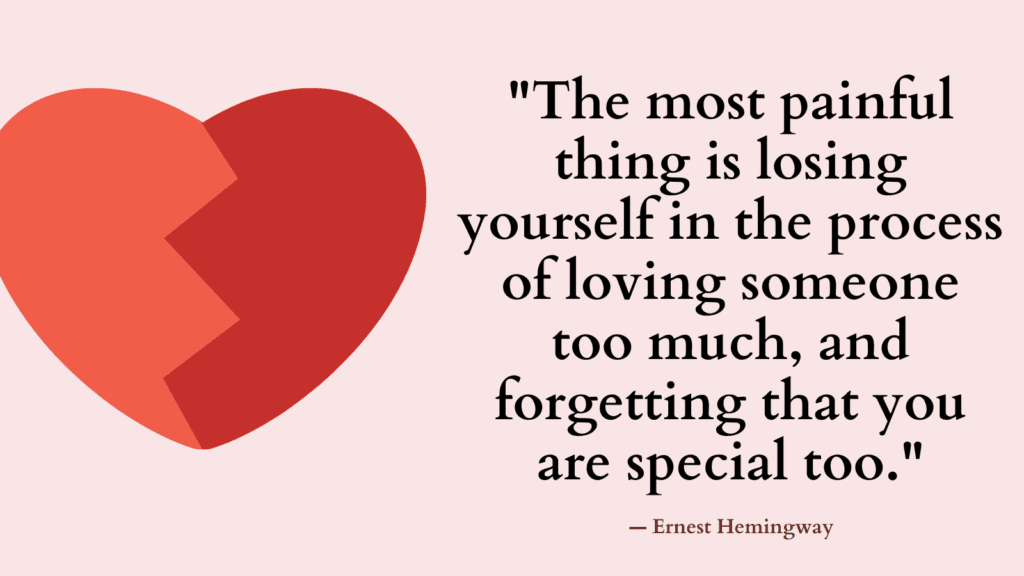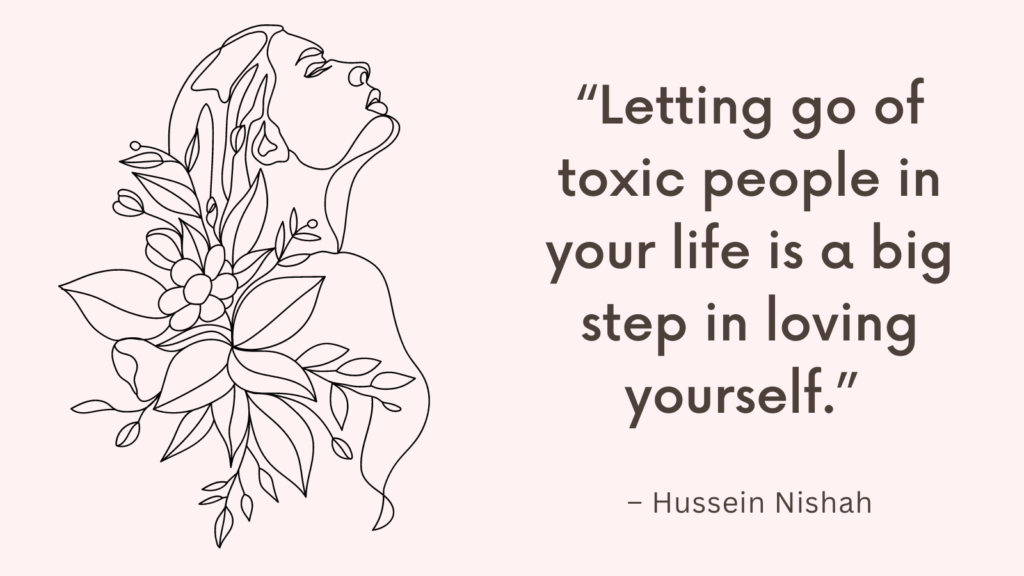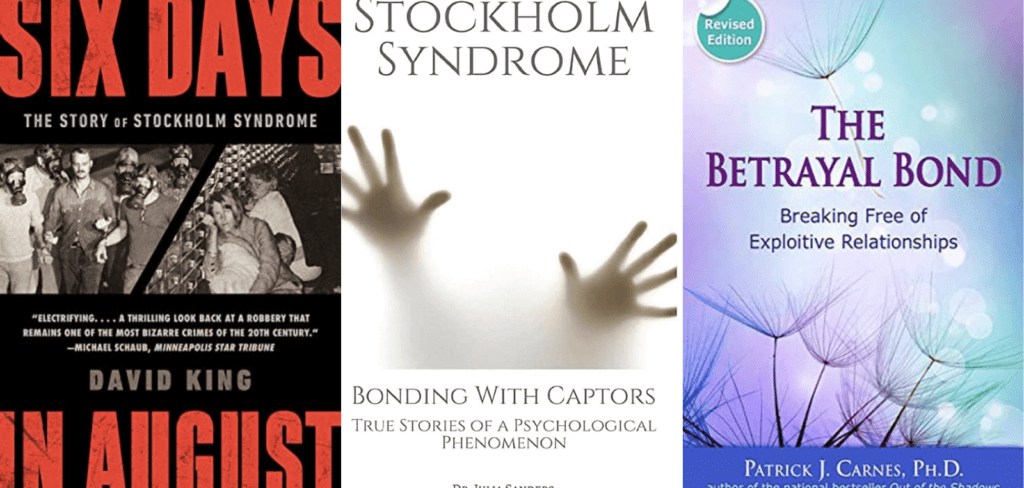Today, you’re going to discover the 7 stages of trauma bonding.
Why do people stay in abusive relationships?
Abusive relationships are extremely common.
According to statistics, one out of every four women and one out of every nine men will be abused by a partner at some point in their lives. (*)
Traumatic bonding can explain why people stay in abusive relationships.
What Is Trauma Bonding?
Trauma bonding is an emotional bond with an individual or a group of people that arise from a cyclical pattern of abuse perpetuated by intermittent reinforcement through rewards and punishments.
Traumatic experiences cause us to shut ourselves off emotionally, and to survive, our primal instincts kick in.
Trauma bonding is often associated with The Stockholm Syndrome (TSS), a psychological syndrome named after a hostage situation that took place in 1973 in Stockholm.
According to reports, the hostages formed an emotional attachment to their captors. They even made jailhouse visits to their former captors. (*)
Trauma bonding can occur in the realms of romantic relationships, parent-child relationships, cults, hostage situations, etc.
How Do You Know If You Have A Trauma Bond? 8 Signs of Trauma Bond
The following are signs that you or someone you know might be in a trauma bond:
- When you attempt to leave the relationship, you feel as if you physically can’t cope with being away from them.
- When you don’t do as your partner says, you’re given silent treatment as a punishment.
- You continue to trust in your partner even though they are perpetually unreliable.
- You do everything you can to please your partner, but you’re not getting the same treatment in return.
- You feel stuck in the relationship and can’t see any way out, or never considered leaving the relationship, despite unhealthy patterns.
- You find yourself always making excuses for their unhealthy behavior.
- You have constant arguments with your partner that never get resolved.
- Your partner is always promising you things but never delivers.
7 Stages of Trauma Bonding
Stage 1: Love bombing
At the beginning of the relationship, you are showered with love and affection.
The connection is so deep and intense, you start believing that you’ve met the “One.”
Related: 5 Weird Things Covert Narcissists Do To Manipulate Their Victims
Stage 2: Gaining your trust
Your partner would then do everything they can to gain your trust. They may suggest that you move in together and even get married.
These are usually false promises and once they gain your trust and you become attached to them, they will back out of commitment and slowly distance themselves.
Related: 21 Stages of a Narcissist Relationship (+FREE Breakup Recovery Worksheets)
Stage 3: Shift to criticism and devaluation
This stage starts slowly in general, so much so, you may not notice it or even mistakenly believe that this is a sign of people getting more comfortable together.
As they start criticizing you and belittling you, you may begin to believe that it’s all your fault and that you deserve such treatment.
Stage 4: Gaslighting
Gaslighting is a manipulation technique that can make you doubt your own experiences.
During this stage, your partner tries to gaslight you by twisting facts and denying your feelings and experiences.
Related: Am I Being Gaslighted Quiz (& How To Recover From Gaslighting In 10 Steps)
Stage 5: Resignation and submission
This is when you realize that having an open and logical discussion with your abusive partner is impossible.
If you attempt to reason things out, they’ll blame you and criticize you.
This leaves you mentally and emotionally exhausted and leads you to resign and submit.
Stage 6: Loss of sense of self
With your self-esteem decreasing, you find yourself neglecting your needs and desires and losing any self-awareness you had before.
You become focused on the abusive person and their needs and moods.
Related: Self-Abandonment: What Is It & How To Get Back In Touch With Yourself
Stage 7: Emotional Addiction
Trauma bond creates an emotional dependency that can feel very similar to drug addiction.
You find no pleasure in anything other than the abusive person. They become your reason of being.
Related: How To Stop Love Addiction? Top 5 Proven Steps to Overcome Love Addiction
FREE Toxic Relationship Worksheets

Trauma Bond Addiction: How Trauma Bonds Become Addictive?
The criteria for addiction are:
- Compulsivity
- Continuation of the behavior despite negative consequences
- Obsession with the behavior
Addicts clearly know they need to stop but cannot. The addict needs the behavior in order to escape the pain.
Just as with addiction, those who are struggling with a trauma bond cannot leave the relationship despite negative consequences.
The chaos and living on the edge coupled with a degree of kindness are all so compelling.
Related: 9 Signs You Might Be Emotionally Addicted — and How to Overcome Love Addiction?

How To Recover From Trauma Bonding?
1. Recognize and understand the trauma bond
Educate yourself about trauma bonding to gain insight into the psychological mechanisms at play.
Understand that the bond you formed with your abuser was a survival strategy, designed to keep you safe during the traumatic experience.
2. Accept and validate your emotions
Acknowledge and accept the conflicting emotions you may feel towards your abuser.
It’s normal to experience love, fear, anger, and confusion.
Validate your emotions and remind yourself that they are a natural response to the trauma you endured.
Related: How To Respond To Invalidation? Top 7 Things You Can Do
3. Seek professional help
Consider working with a therapist experienced in trauma recovery.
They can provide you with guidance, support, and evidence-based techniques to help you navigate the healing process.
4. Build a support network
Surround yourself with trustworthy friends, family members, or support groups who can provide empathy, understanding, and validation.
Sharing your experiences with others who have gone through similar situations can be extremely helpful in breaking the trauma bond.
5. Establish boundaries
Set clear boundaries with your abuser, if possible.
Limit or cut off contact altogether if it’s necessary for your well-being.
Boundaries are crucial in protecting yourself and creating space for healing.
Related: How To Set Boundaries With A Narcissist?
6. Focus on self-care
Prioritize self-care activities that promote physical, mental, and emotional well-being.
Engage in activities that bring you joy, practice relaxation techniques, exercise regularly, eat nutritious food, and ensure you get enough sleep.
7. Challenge distorted beliefs
Trauma bonding often leads to distorted beliefs about yourself and the world around you.
Challenge these beliefs by examining evidence that supports alternative viewpoints.
Cognitive-behavioral therapy (CBT) can be particularly helpful in identifying and addressing cognitive distortions.
Related: What Causes Cognitive Distortions? (+Top 10 Common Cognitive Distortions & How To Challenge Them)
8. Cultivate self-compassion
Treat yourself with kindness, understanding, and compassion.
Remember that you were a victim of abuse and that it’s not your fault.
Practice self-forgiveness and avoid self-blame, as it only reinforces the trauma bond.
9. Explore new healthy relationships
Engage in healthy and supportive relationships, gradually rebuilding your trust and understanding of healthy connections.
Surrounding yourself with caring individuals allows you to experience positive and non-abusive interactions.
Related: Best 9 Tips On How To Receive More In Life And Relationships?
Conclusion
Trauma bonding, also known as Stockholm Syndrome, is a psychological phenomenon that occurs when an individual develops strong emotional attachments or positive feelings towards their abuser or captor.
Recovering from trauma bonding can be challenging, as it involves breaking free from the powerful psychological dynamics that keep the person trapped in the cycle of abuse.
Be gentle with yourself and allow yourself the space to heal at your own pace.
FAQ
How Long Does A Trauma Bond Last?
The length of time a trauma bond lasts can vary depending on the individuals involved and the nature of the traumatic experiences.
In some cases, a trauma bond may last for years or even decades, particularly if the individuals involved remain in contact and continue to experience ongoing traumatic events together.
Can A Trauma Bond Become Healthy?
It is possible for a trauma bond to become healthy with appropriate support and intervention.
However, it often requires the help of a trained mental health professional who can assist with processing the traumatic experiences and developing healthy coping mechanisms.
The healing process may also involve setting and maintaining appropriate boundaries, communication skills, and developing self-esteem and self-worth.
References
- Traumatic bonding – Wikipedia
- What Is Trauma Bonding? (verywellmind.com)
- Trauma Bonding: What It Is & How to Heal – Choosing Therapy
- Trauma bonding: Definition, examples, signs, and recovery (medicalnewstoday.com)
- What Is Trauma Bonding? Signs To Look Out For | Well+Good (wellandgood.com)
- Understanding the Impact of Trauma Bonds in Our Lives | Psychology Today
- Emotional attachments in abusive relationships: a test of traumatic bonding theory – PubMed (nih.gov)
- Trauma Bonding: What It Is and How to Cope (healthline.com)



